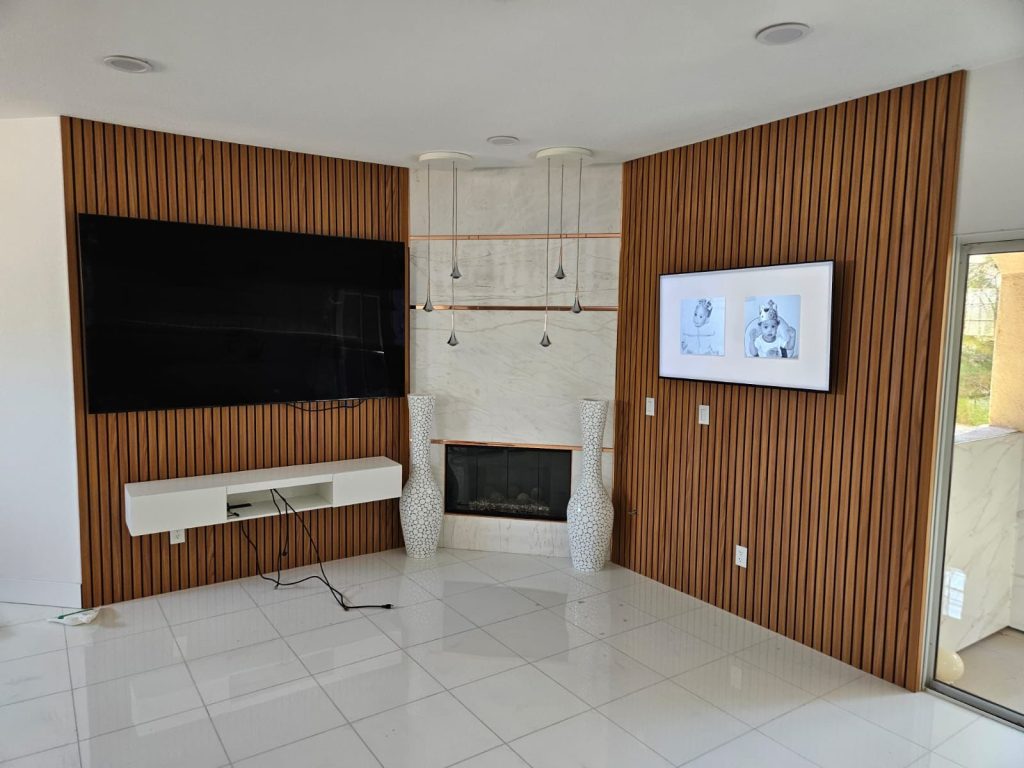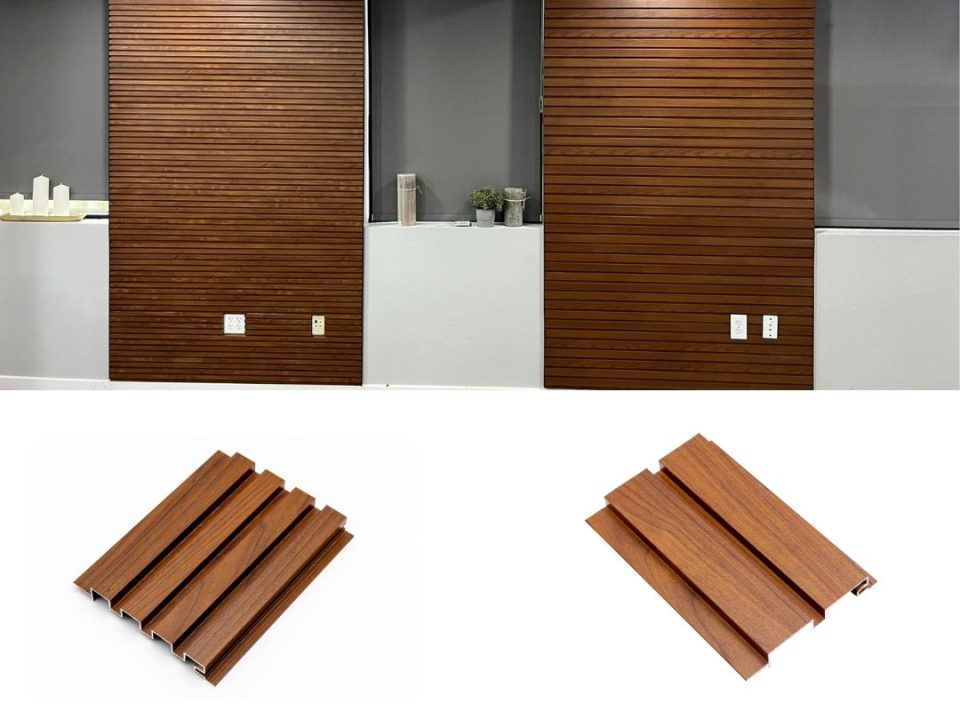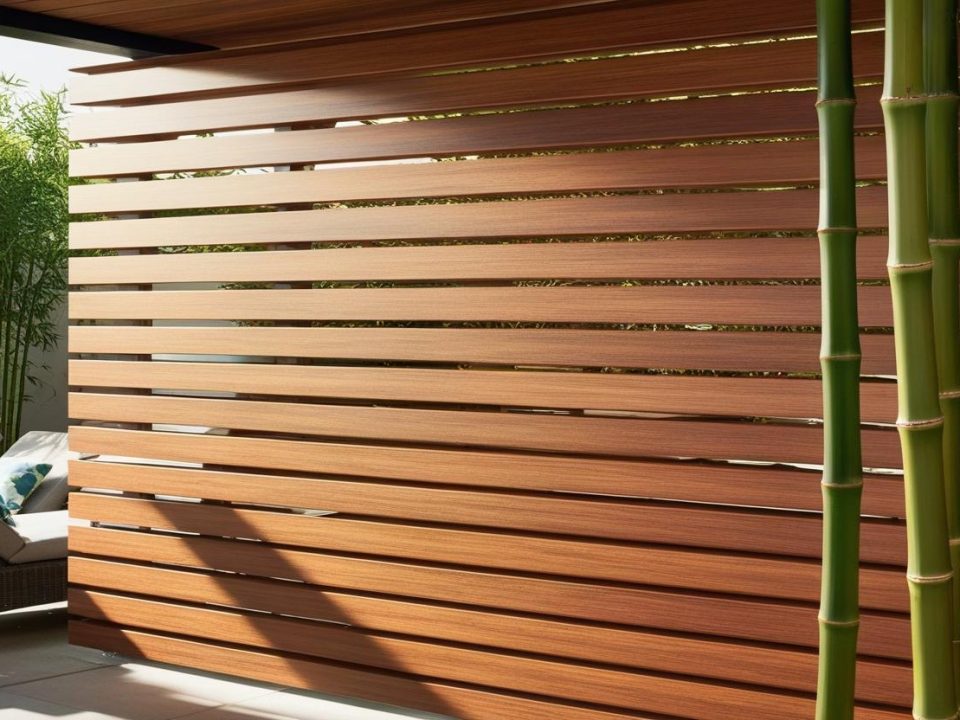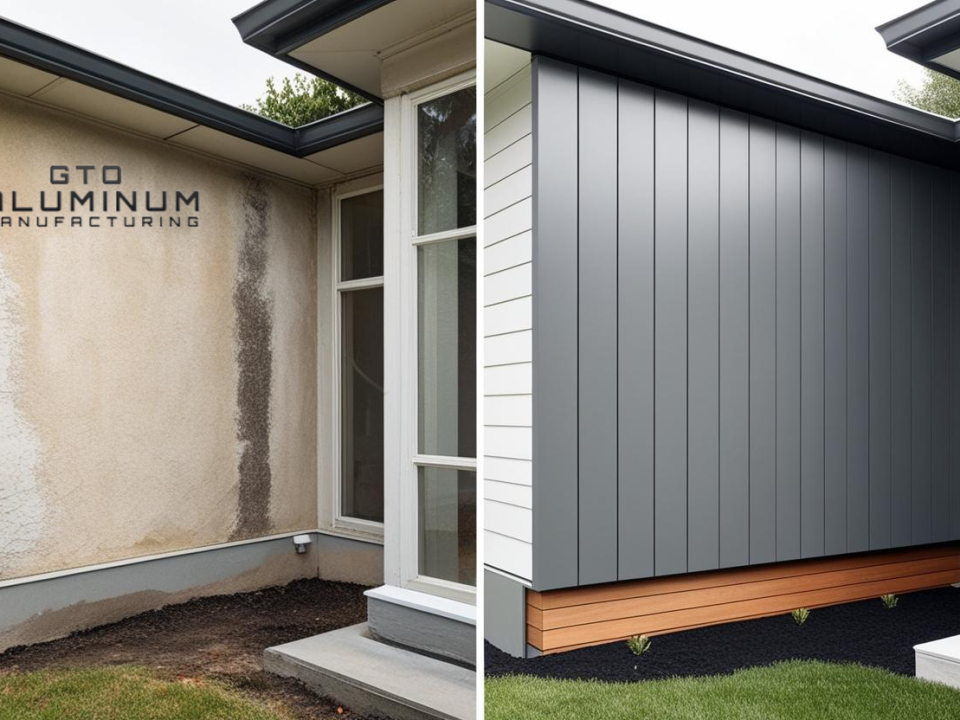
What are the best exterior cladding materials?

Selecting the Right Cladding for Your Project: A Guide to Materials Including Aluminum, Wood, PVC, and Stone

Introduction to Interior Cladding
Are you looking to give your home a stylish makeover? Perhaps it’s time to enhance the interiors with some stunning internal cladding!
But with countless options available on the market, how do you decide which one is truly the best?
In this blog post, we will dive deep into the world of internal cladding and explore various materials, styles, and benefits. So whether you’re after a rustic charm or a sleek modern look, get ready to discover the ultimate guide to finding the perfect internal cladding for your space.
Let’s transform your walls into works of art that leave everyone in awe!
Benefits of Using Interior Cladding
Using interior cladding in your home or commercial space can bring a multitude of benefits.
Interior cladding provides an extra layer of insulation which helps to regulate temperature and reduce energy costs. This is especially important during the hot summer months or cold winter seasons.
Interior cladding also adds aesthetic appeal to any space. With a wide range of materials, colors, and textures available, you can easily find the perfect cladding that complements your existing decor or creates a brand-new look.
Whether you prefer the sleek modernity of aluminum cladding or the rustic charm of wooden panels, there is something to suit every style.
Using interior cladding allows for easy installation and customization options. The panels are designed to fit seamlessly together without requiring extensive construction work.
This makes it a convenient choice for both homeowners looking to update their interiors as well as contractors working on larger projects.
5 Factors to Consider When Choosing the Best Interior Cladding
When it comes to choosing the best interior cladding for your space, several factors should be taken into consideration.
1. Durability: You want a cladding material that will withstand daily wear and tear, as well as any potential moisture or humidity in the environment.
2. Aesthetics: The interior cladding you choose should complement the overall design and style of your space. Whether you prefer a modern, sleek look or a more rustic feel, there are options available to suit every taste.
3. Maintenance: it’s crucial to think about maintenance requirements. Some cladding materials may require regular cleaning or refinishing, while others may be low-maintenance and easy to care for.
4. Cost: Cost is also an important consideration when selecting interior cladding. It’s essential to find a balance between quality and affordability that fits within your budget.
5. Installation Process: The installation process should not be overlooked. Some interior cladding may require professional installation while others can be easily installed by homeowners themselves.
By carefully considering these factors – durability, aesthetics, maintenance requirements,cost,and installation process – you can make an informed decision on which type of interior cladding is best suited for your needs.
5 Top Materials for Interior Cladding
When it comes to choosing the best interior cladding for your space, there are several materials available that can enhance both the aesthetics and functionality of your walls.
Let’s take a look at some of the top materials for interior cladding:
1. Wood: Wood is a classic choice for interior cladding, providing warmth and natural beauty to any space. It can be used in various forms such as solid wood panels or engineered wood boards, offering versatility in design.
2. PVC: PVC (Polyvinyl Chloride) is a popular option due to its affordability and low maintenance requirements. It comes in a wide range of colors and finishes, making it easy to find one that suits your style.
3. Aluminum: Aluminum cladding offers durability and modern appeal. It is lightweight yet strong, making it suitable for both residential and commercial applications.
4. Stone: For those seeking a luxurious and timeless look, stone cladding is an excellent choice. Whether you prefer marble, granite, or other natural stones, they add elegance and sophistication to any interior.
5. Glass: Glass cladding provides a sleek and contemporary feel while maximizing natural light transmission within a space. It can create visually stunning effects when combined with lighting elements.
Each material has its unique characteristics, so consider factors such as budget, desired aesthetic appeal, durability, and maintenance requirements when selecting the best cladding material for your interior cladding project.
Is Aluminum the best material for Interior Cladding?
While a variety of materials offer unique characteristics for interior cladding, aluminum cladding emerges as the clear champion. Its exceptional durability, ease of installation, low maintenance, and stunning aesthetics combine with its affordability and eco-friendliness to make it an unbeatable choice.
If you’re seeking a material that offers the perfect blend of beauty, practicality, and sustainability, look no further than aluminum cladding. It’s the ultimate solution to elevate your interior spaces and create a lasting impression.
So, why settle for anything less? Choose the best and embrace the undeniable benefits of aluminum for your next interior project! Get in touch.




